BBC1 continuity excitedly introduced the first in the new series of Doctor Who as ‘bigger and better than ever’ — presumably because the more accurate ‘bigger and better than it’s been for a bit’ doesn’t have quite the same punch. Still, Sunday’s programme was a definite, even exhilarating improvement on those of recent years. Since Chris Chibnall became the showrunner in 2018, thrills have taken a firm second place to solemn lectures on how the most dangerous monster of all is human prejudice. Yet at no stage here did the Doctor (Jodie Whittaker) encounter some acknowledged hero of black and/or women’s history — and so allow us a self-satisfied bask in having risen above the bigotry of less enlightened times. Just like in its various pomps, it mingled spectacle, an impressive range of scary creatures and several memorable set-pieces with fast-paced, funny dialogue.
Granted, there was also a distinct feeling of a show with its back to the wall. Following July’s announcement that Chibnall (taking Whittaker with him) is leaving to make way for the messiah-like return of Russell T. Davies many Whovians are already looking forward to the bright new post-Chibnall future. But this rather overlooks the fact that the ancien régime has a series and three specials to go, with Davies not due to save the day until 2023. And in the meantime, it seems, Chibnall has resolved to come out fighting.
Certainly, from Sunday’s first scene onwards, he showed no sign of going gentle into that good night. The show began with the Doctor and Yaz (Mandip Gill) suspended upside down from a ‘gravity bar’ that in 79 seconds would drop them into a ‘boiling acid ocean’. Not that Karvanista, the creature responsible, was taking any chances. Prudently adopting a belt-and-braces approach, he’d also arranged for whatever planet they were on to be engulfed by ‘a nearby red star’.
Not unexpectedly, but still excitingly, the two women escaped. Even so, we hadn’t seen the last of old Karvanista (think Chewbacca meets Bungle from Rainbow.) Before long he’d abducted the Doctor’s soon-to-be new companion Dan (John Bishop) — a Scouser heroically unafraid of regional stereotyping — and whisked him into space with the Doctor and Yaz in hot pursuit.
Meanwhile… well, lots of things. The storylines piled up so unstoppably that, even in the first six-part Doctor Who series since 1979, Chibnall already appears to have his work cut out chewing everything he’s bitten off.
Why, for example, did we cut straight from that daring opening escape to the real-life tunnel-builder Joseph Williamson in 1820 Liverpool — and why was he talking (for the few seconds we saw him) about a coming cataclysm? Why was someone named Claire wandering the same city 121 years later, apparently adrift in time, but Who-savvy enough to recognise a Weeping Angel when she sees one? Who were the couple living in a nice suburban house in er, the Arctic — and why was the man reduced to a shower of glitter by an escaped monster called Swarm?
And these were only a few of Sunday’s vignettes left awaiting explanation as the Doctor faced a more immediate threat: the extinction of the entire universe by ‘the Flux’, which has the handy ability to ‘compromise the base levels of all structures’. (Cue lots of planets vaporising.)
Fortunately, when not trying to drop folk into acid, Karvanista wasn’t such a bad guy. Dan, it transpires, is the human he was assigned to rescue from the Earth before the Flux gets there, with his seven million fellow Lupari each taking one of the others. (Luckily, their spaceships are somehow Flux-resistant.)
If all this sounds a little unhinged, then that wouldn’t be deceptive. At times, in fact, the result smacked of the somewhat desperate recklessness of a showrunner facing extinction himself. Yet, for my money, Doctor Who is generally at its best when its imagination is at its wildest — which is unquestionably the case here. And if those many unexplained vignettes are baffling, they’re pretty intriguing too. Above all, there’s an infectious sense of everybody involved having something that’s been in short supply in Chibnall’s shows: namely fun.
Take the final scene — which took full shameless advantage of the fact that a six-parter allows for proper old-school cliffhangers. When I was a boy, these usually consisted of a bloke in tinfoil pointing a modified hairdryer and screaming ‘Die, Doctor, die’. Here, it was somewhat more spectacularly provided by the Tardis failing to outrun ‘the end of the universe’.
But then, just as it seemed as if Chibnall had belatedly learned his lessons, came the preview of next week’s programme, featuring a dignified black woman in the Crimean war saying, ‘Mrs Seacole to you’. Surely after such a blisteringly bonkers first episode, we’re not going to revert to the ponderous and pious history lessons?
Got something to add? Join the discussion and comment below.
Get 10 issues for just $10
Subscribe to The Spectator Australia today for the next 10 magazine issues, plus full online access, for just $10.
You might disagree with half of it, but you’ll enjoy reading all of it. Try your first month for free, then just $2 a week for the remainder of your first year.


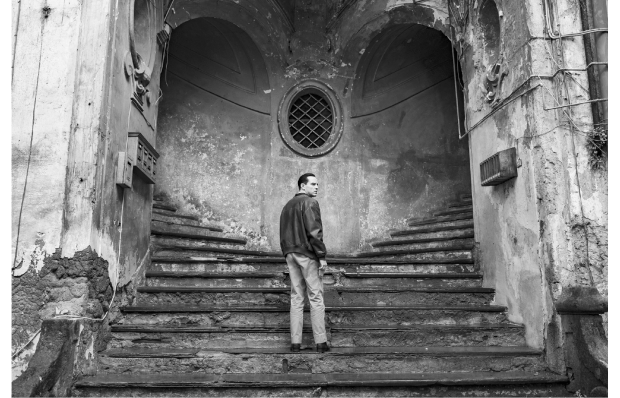
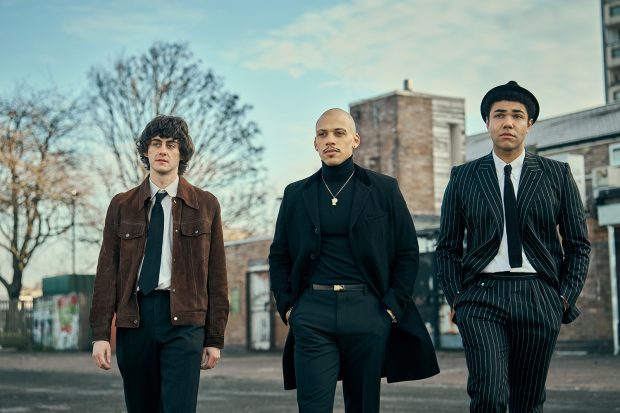

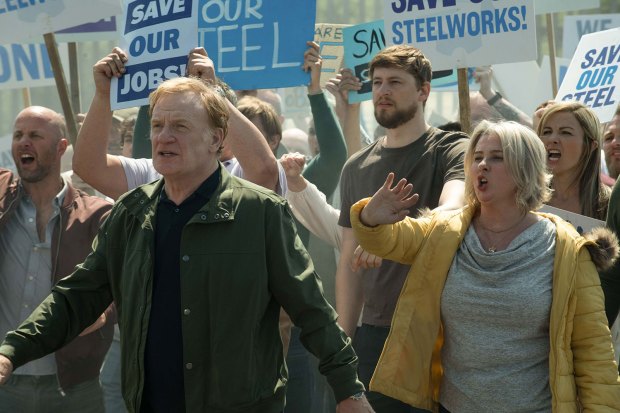
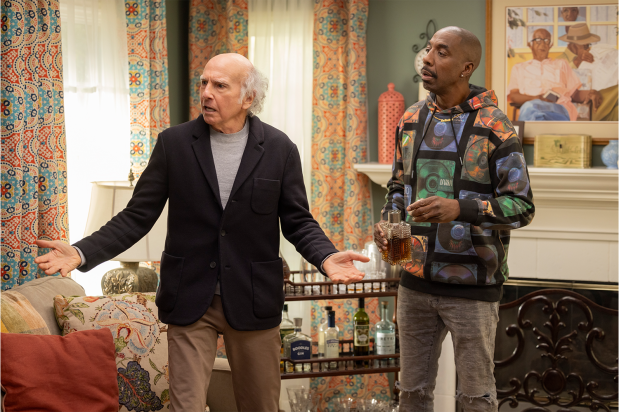
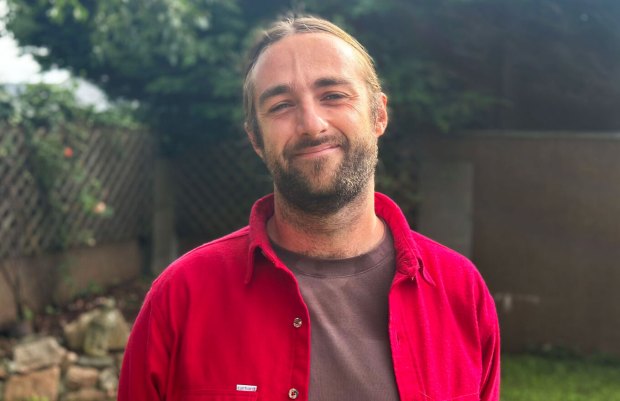






Comments
Don't miss out
Join the conversation with other Spectator Australia readers. Subscribe to leave a comment.
SUBSCRIBEAlready a subscriber? Log in